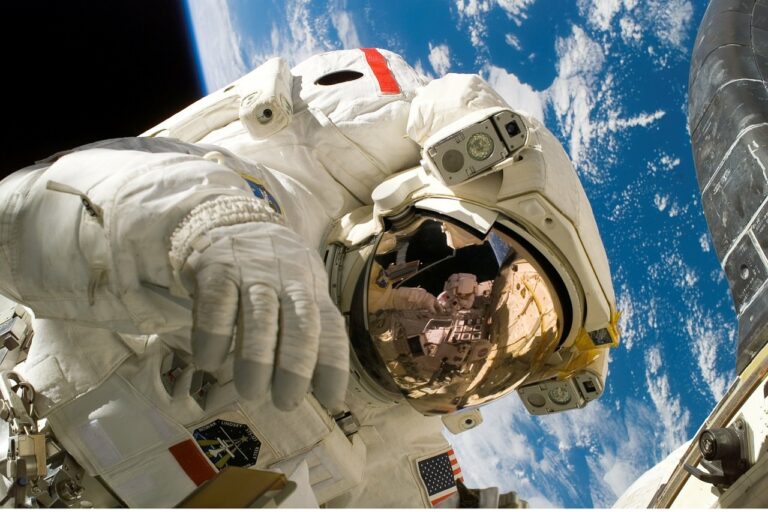For thousands of years, even the suggestion that time could run differently in different places was not taken seriously. People were sure that the passage of time was a constant. That all changed in 1905, when Albert Einstein presented the world with the Special Theory of Relativity, and later, in 1915, with the General Theory of Relativity, turning the world of physics upside down.
This is interesting: Einstein’s original work was called “Toward the Electrodynamics of Moving Bodies. The theory of relativity it became later, when the scientific world realized how accurately the work of a scientist describes the principle of relativity, which has plagued scientists since ancient times: for example, standing on the deck of a stationary ship and throwing a stone toward its bow, you will not feel any difference when you throw a stone if the ship sailed.
Without going into complicated calculations and formulas, we will recall the basic postulates of Einstein’s theories concerning the properties of space-time (and space and time, according to the Theory of Relativity, are inseparable from each other). In this case we are interested in two conclusions of the theory: space-time is curved under the influence of gravitational fields, and in any moving object we can observe the effect called relativistic time dilation. It turns out that in a body moving with non-zero velocity, all physical processes will go slower than if the body were at rest. That is, if you, for example, fly in an airplane, and your friend stayed at home, your time will go slower. Of course, in practice neither you nor your friend will feel the difference: it will be a billionth of a second.
But if you accelerate to a speed much greater than that of an airplane, the difference in time for you and your friend will be much greater. One year on a space rocket traveling at near-light speed can be equal to several hundred Earth years.
That’s interesting: but that doesn’t mean that if you were to get in such a rocket and accelerate to tremendous speed, you would experience a slo-mo effect. For you, time would flow as usual. But if an observer standing on Earth could see the clock in the cockpit of a flying rocket, it would seem to him that time would go slower on it. On the other hand, if you could see through the porthole of an ordinary Earth dweller’s watch, it would seem to you that it went slower than yours. And that’s because if you were in a rocket, it would be the Earth with all its inhabitants moving relative to you. But why would not all the inhabitants of Earth experience the time dilation effect, but only the astronaut? This can be explained by the fact that he experienced the processes of acceleration, being in the rocket, which means that the frames of reference for the Earth and the spacecraft were unequal (the Earth flew uniformly and straightly, and the rocket experienced the effects of acceleration).
gravity
But what if we are talking about more massive objects, such as our Earth? Indeed, its mass is enough to warp space-time around itself so strongly that we can see this difference using modern instruments. The closer to a massive body – the stronger is its gravitational influence, and therefore the slower goes time. This statement has been verified in numerous experiments, and time shifts are taken into account in information transmissions between the Earth and communication satellites.
This is interesting: in fact, you can check this for yourself at any time. One of the conclusions of the Theory of Relativity is that in a gravitational field, a free-falling body moves uniformly and in a straight line. Hit a soccer ball – first it flies up, and then, it falls down – to the Earth. In fact, the trajectory of the ball is perfectly straight, and it falls to the surface due to the curvature of space-time: at some point, the trajectories of the Earth and the ball will intersect.
It turns out that the unambiguous statement that time in space always goes slower or always goes faster is incorrect. In different parts of space, it will go differently. Somewhere faster and somewhere slower. Near, for example, black holes, it will slow down significantly, and in intergalactic space, away from stars and planets, on the contrary, go faster. In addition, when calculating the time for any object, it is important to consider its velocity parameters as well.
This is interesting: now we can say for sure that time should go faster on the Earth’s orbit than on the surface – because we are at a greater distance from a massive object, i.e. our planet. To confirm, let’s give out absolutely synchronously running atomic clocks to the cosmonaut and you, reconciling them before launching the rocket. Where to send the astronaut? To the ISS, the International Space Station, of course. Imagine that after living for a year in orbit and returning home the first thing the astronaut did was not to go through medical checks and see his family – he checked the time against your atomic clock. You will be surprised to find that the cosmonaut’s watch… is lagging – his time went slower! How is this possible: after all he was at a greater distance from the massive object than we were?














